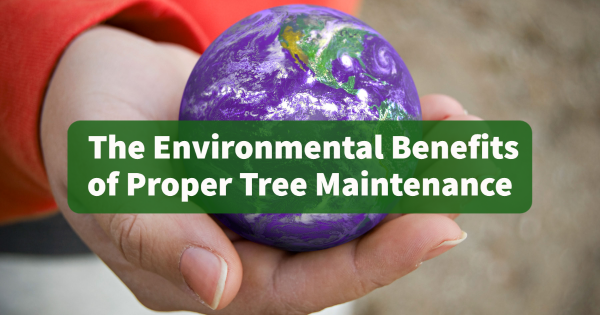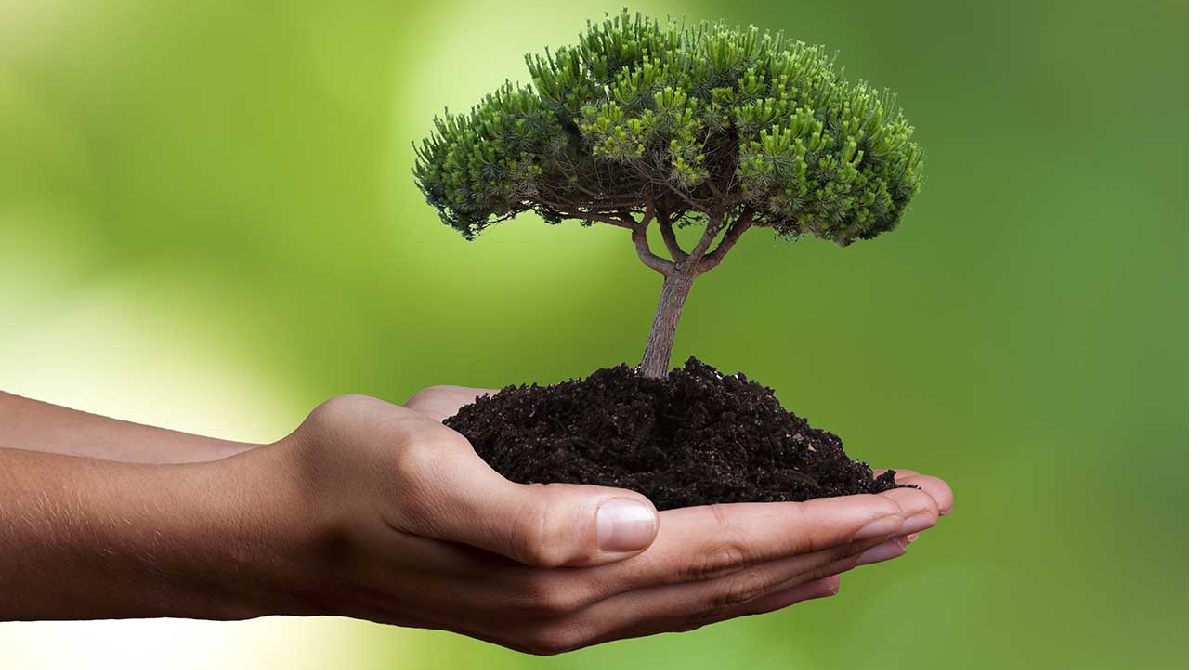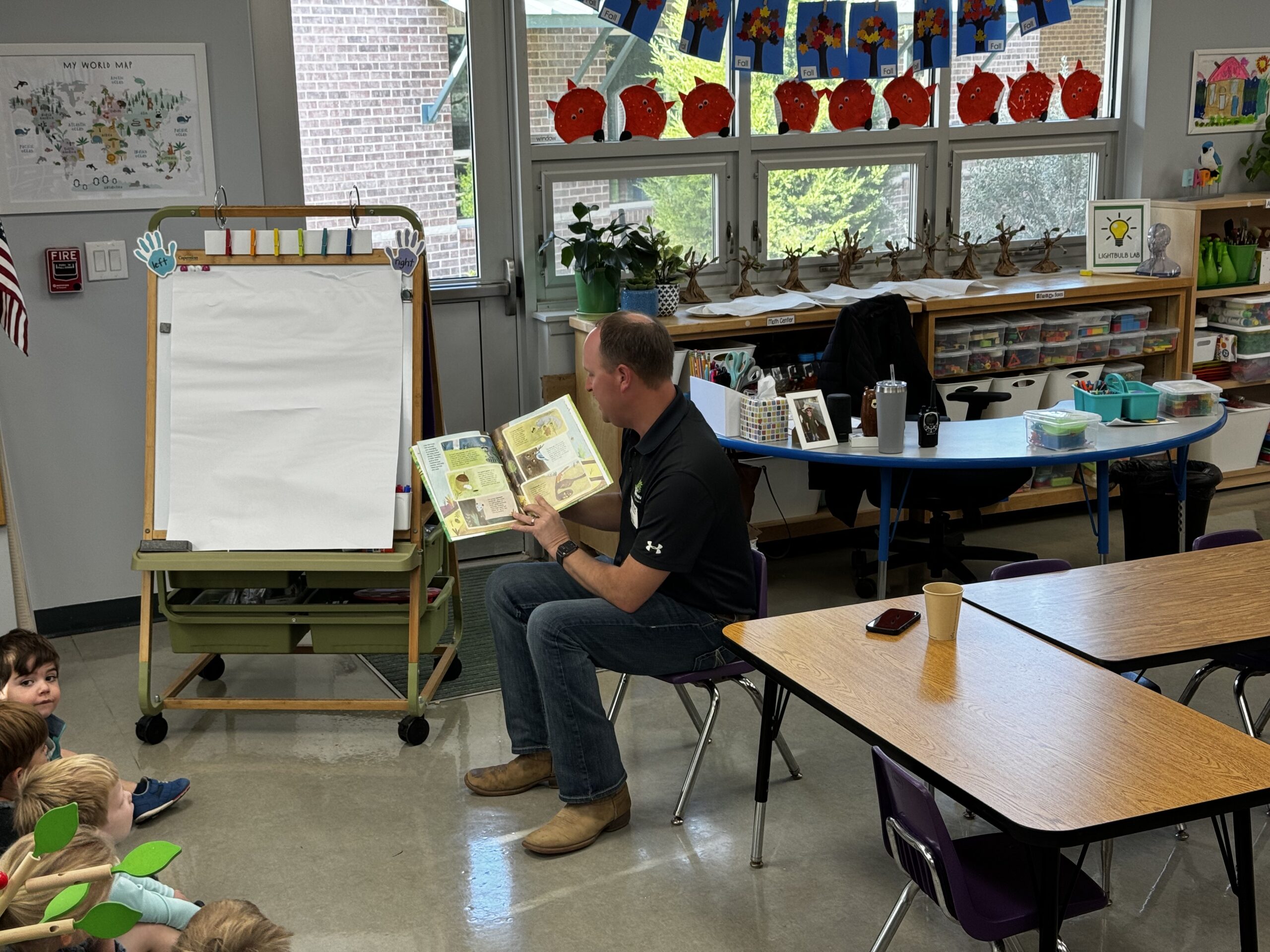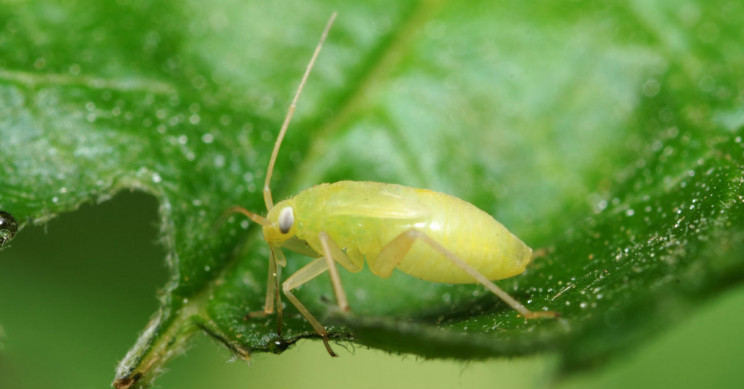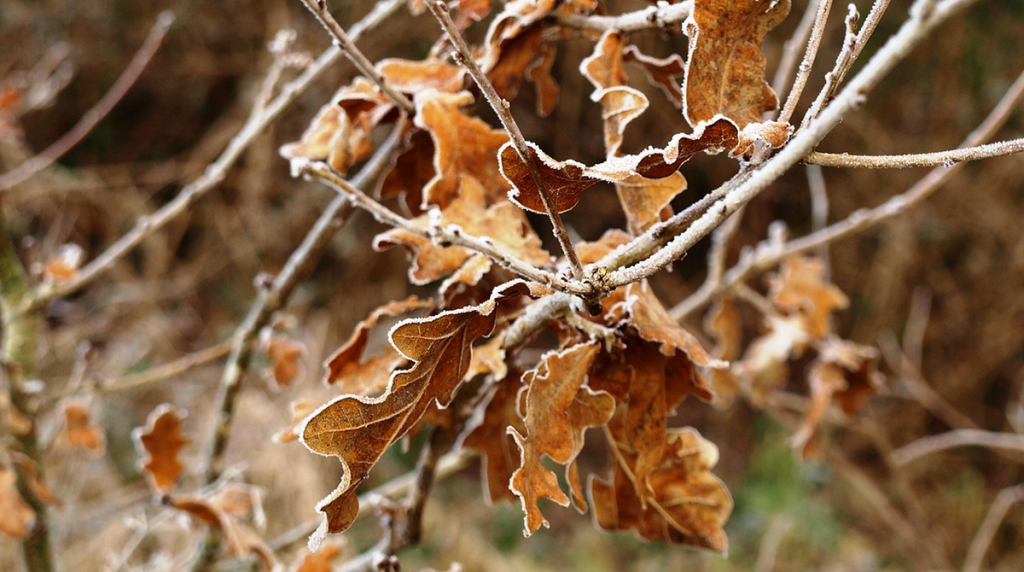
When to be Concerned about Brown Leaves on Your Tree
Date February 03, 2021
Category
Monitoring your tree’s health is an essential part of being a responsible tree owner. One of the things you should always be on the lookout for is brown leaves. There are many reasons why your tree could have brown leaves, and some of those reasons are harmless. However, it could also be a warning sign that something isn’t right, and you need to take precautionary or corrective measures. In some cases, your tree could die if you do not act on these measures quickly enough. Here are some tips to help you tell the difference between harmless and harmful reasons for brown leaves, so you’ll know when to be concerned about your tree’s health.
Dead branches
It’s normal to see some tree leaves dying and turning brown, even on healthy trees. If you notice a clump of dead leaves, chances are there’s a dead branch that you need to trim away. If it appears to be just one dead branch, there’s no need to panic. Even on large, healthy trees, branches die as a part of the tree’s natural life cycle. However, multiple dead branches are cause for alarm. If you notice several branches with brown leaves or no leaves at all, try snapping off one of the smaller twigs. If it breaks easily and is dry and brittle, your tree could be dying or dead. You should reach out to a certified arborist immediately.
Leaf Scorch
Although trees — especially Texas trees — need the sun to survive, leaf scorch is here to remind us that there can be too much of a good thing. The most common cause of brown leaves is over-exposure to the sun, known as “leaf scorch.” It’s pretty much exactly what it sounds like: a sunburn on your tree’s leaves. It will manifest in different ways from tree to tree, but in general, you should monitor your tree’s leaves throughout the summer for brown patches, browning at the tips, or yellowing at the leaf’s margin. Leaf scorch isn’t just caused by too much sunshine, however.
It can also be aggravated by a lack of water, an overabundance of fertilizer, over-exposure to strong wind, and damage to the roots. There’s also bacterial leaf scorch, which usually looks the same, but the underlying cause is a disease that, left untreated, could lead to the death of your tree. If you notice a leaf scorch on your tree, we suggest you reach out to an expert tree service. One of our ISA Certified Arborists can visit your property to make an assessment and determine a tree care plan to nurse your tree back to full health.
Frost Damage
On the opposite end of the leaf, scorch is frost damage, although this condition is unlikely to cause long-term damage to your tree. Young trees are more susceptible to frost damage. You can help prevent it by wrapping your young trees’ trunks during the winter and covering them during freezing days or nights.
Transplant Shock
It’s normal for trees that have been recently transplanted to experience a period of transplant shock, and one of the telltale signs of this condition is brown leaves. You might be tempted to panic and start watering your tree more often, but this could cause other issues. Instead, continue with an appropriate supplemental water regimen and wait for the tree to recover independently.
We recommend a weekly supplemental water regimen of five to ten gallons of water per caliper inch. Water twice a week to give the soil time to dry out in between waterings. During periods of heavy rainfall, skip the supplemental watering. You don’t want the soil to become water-logged or for long-standing puddles to form at the base of the tree. Your tree should start to spread its roots and thrive. If you continue to notice issues, reach out to a professional tree care provider.
Disease and insects
Every tree comes with a unique list of potential problem areas. Do a little research about your tree to discover what diseases and insect infestations it’s most likely to attract. To tackle discolored leaves, leaf spots, or fungus caused by an underlying disease or insect infestation, you’ll need to determine what’s causing the issue first so you can handle that directly. If you have questions, one of our ISA Certified Arborists can visit your property to assess your tree and recommend mending it.
Other issues
You might be using incorrect tree health care practices, which could be what is causing the leaves on your tree to turn brown. Things like incorrect watering, unhealthy soil composition, and over-fertilization can cause a tree’s leaves to turn brown. Even mature trees need a significant amount of water, especially in North Texas, where our summers get unbearably hot. However, keep in mind that it’s also possible to over-water a tree. Find out the amount of supplemental water recommended for your particular tree, and go from there. The same rule applies to fertilization. While the correct fertilization can boost your tree’s health, strength, and vitality, incorrect fertilization can have detrimental effects. Do some research on your tree to determine what kind of soil conditions it prefers. If you have questions about that, a certified arborist tree service can help.
TreeNewal is here for you.
If you notice discolored leaves or suspicious leaf spots on your tree’s leaves, TreeNewal is just a phone call away. We have three ISA Certified Arborists on our staff and a team of highly qualified tree care experts who are ready to assist you. We specialize in tree health, tree nutrition, disease, and fungus management, insect management, and so much more. One of our staff members can answer any questions you have or visit your property to assess the situation and determine a customized solution for your tree. You can find out more about us on our website at treenewal.com, or call us today at tel:(817) 592-6846.
To learn more about When to be Concerned about Brown Leaves on Your Tree, call our Argyle and Southlake-based teams at tel:(817) 592-6846 or send us a message.
We’re a little different than the average tree services company.
Learn more about TreeNewal’s ISA Certified Arborists!
Our Dallas/Fort Worth-based tree doctors can explain how sustainable tree care services add more value to your bottom line.
Healthy trees, healthy lives.
